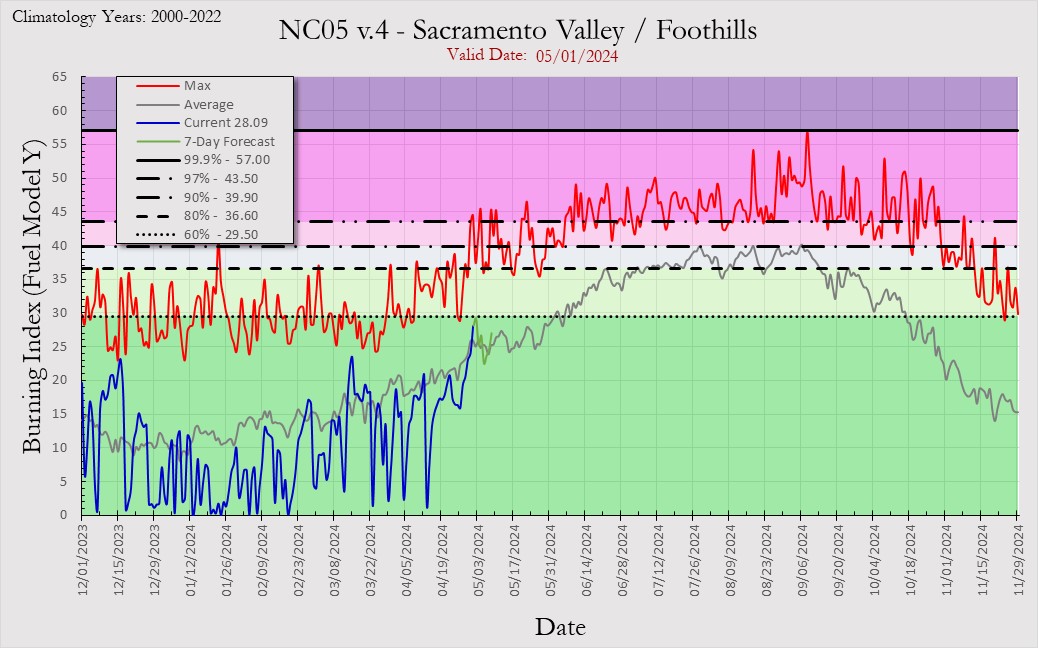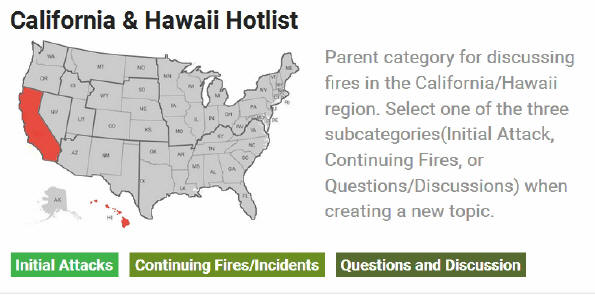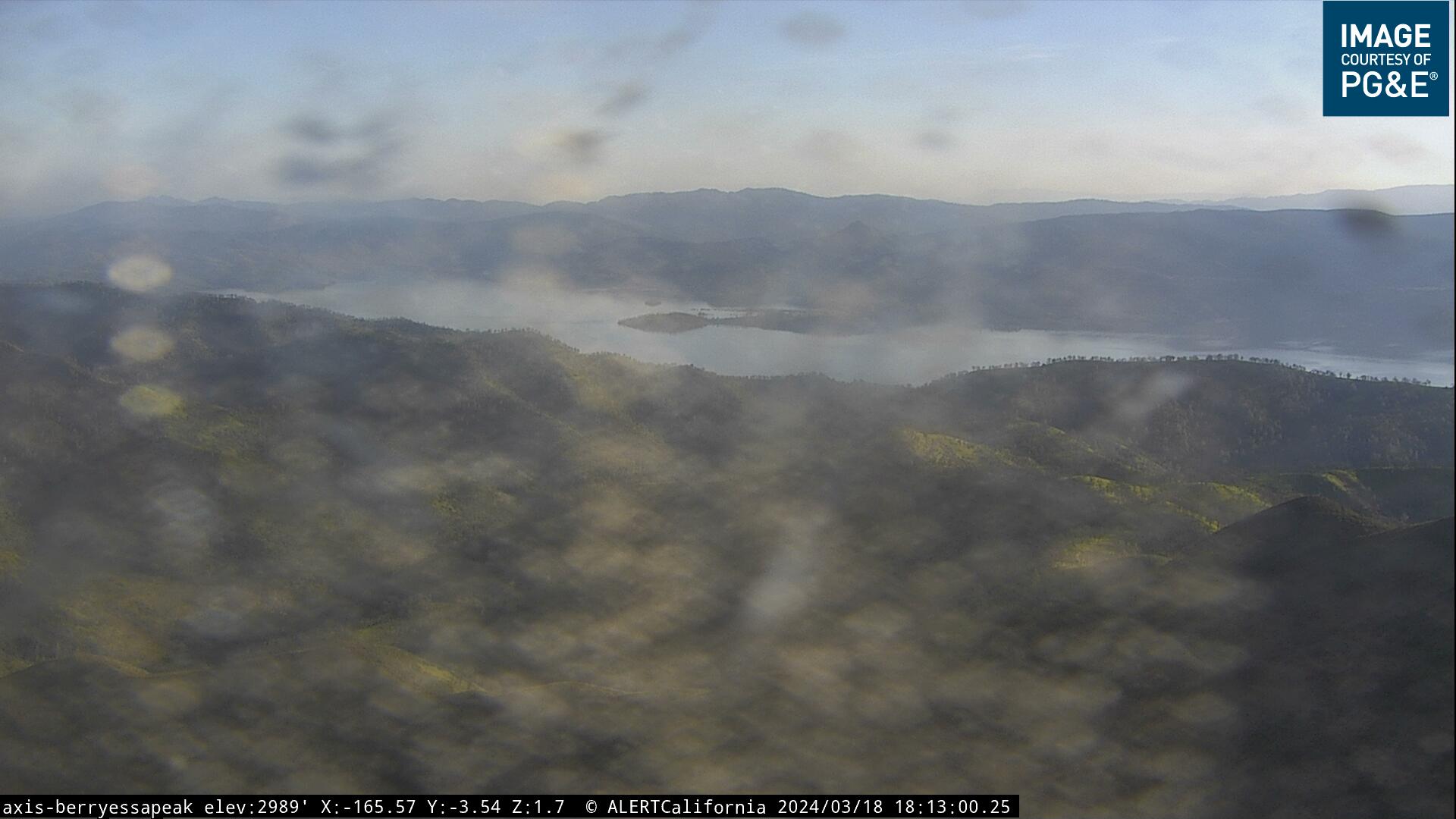
Berryessa Peak Fire Lookout
.

Berryessa Peak Fire Lookout
.
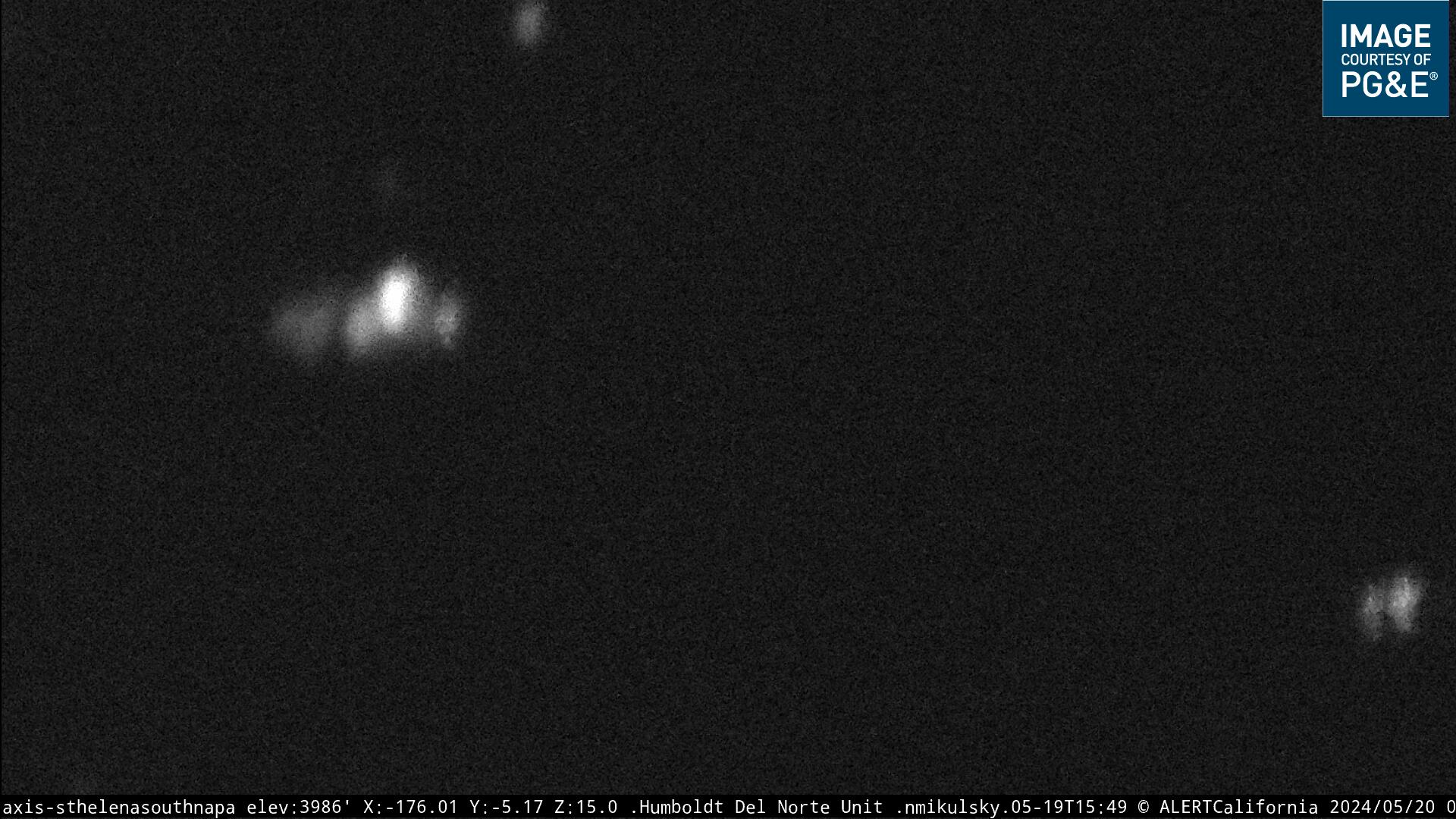
Mt St. Helena
.
 Atlas Peak
Atlas Peak
 Atlas Peak
Atlas Peak
.
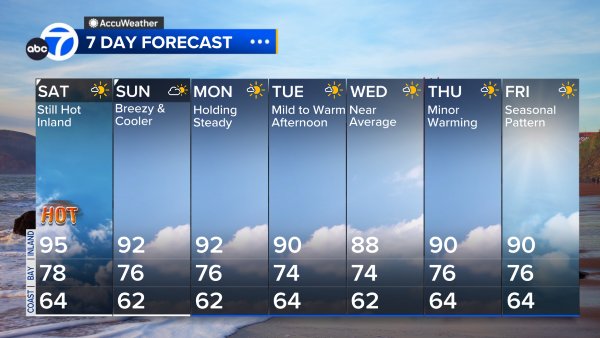
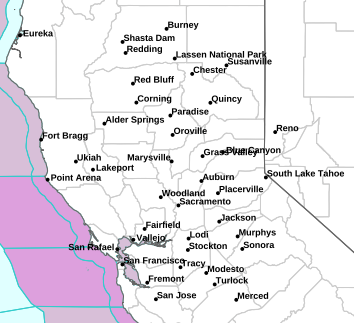

Capell Valley Fire Cam
.

Capell Valley Fire Cam
.

Mt. Vaca Fire Cam
Capell Valley Fire Cam – Napa hillsCapell Valley Fire Cam – Napa hills (rotating webcam)Mt. Vaca – Wooden Valley Rd. (Fairfield Hills)Mt. Vaca – Wooden Valley Rd. (Fairfield Hills)Konocti Fire Lookout – Clear Lake

Berryessa Fire Lookout Peak – Elevation 2,909 ft.
.

Grady Ranch – elevation 850′

Grady Ranch – elevation 850′

Wind Speed – Steel Canyon Rd. Elevation 820 ft.
.

Temperature and Humidity – Steele Canyon Rd. Elevation 820 ft.
.

Wind Speed – North Lake Berryessa Elevation 501 feet
.

North Lake Berryessa – Elevation 501 feet
 Konocti Fire Lookout – Clearlake
Konocti Fire Lookout – Clearlake
.
.
.

6 to 10 day temperature outlook

Rain forecast – 6 to 10 day outlook
Bay Area

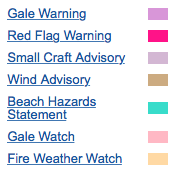
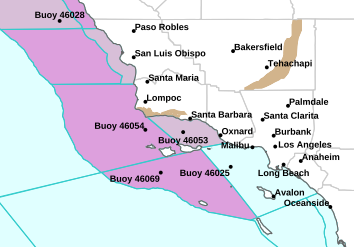
The BI (difficulty of control) is derived from a combination of
Spread Component (how fast fire will spread) and Energy Release
Component (how much energy fire will produced).
BI has no units, but in general it is 10 times the flame length of a fire.

Haines Index – Based on the stability and moisture content of the lower atmosphere that measures the potential for existing fires
to become large fires. Orange will indicate Haines index values of 4 (low), dark orange will show Haines index values of 5 (moderate),
and red will depict Haines index values of 6 (highest potential for large fires). Values of 4 and above are plotted on each map
even though the overall Haines index is from 2 to 6
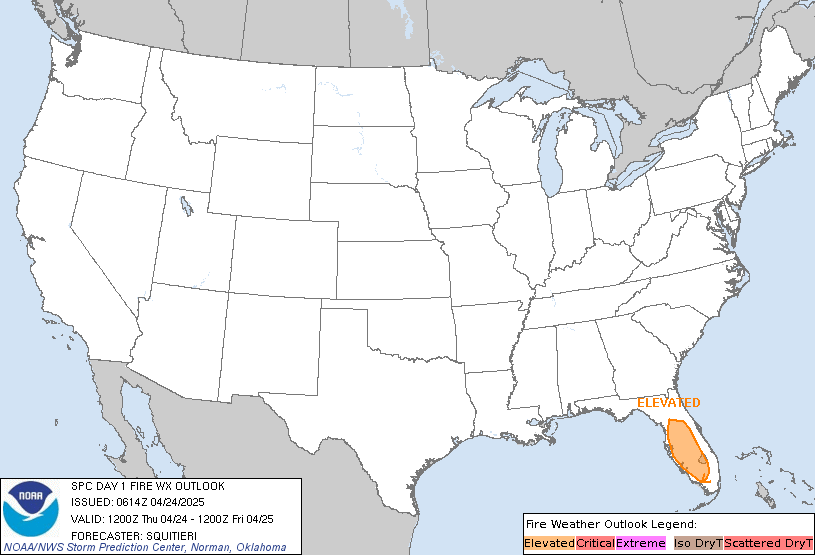
Lake Berryessa Fire weather extremes -day 1
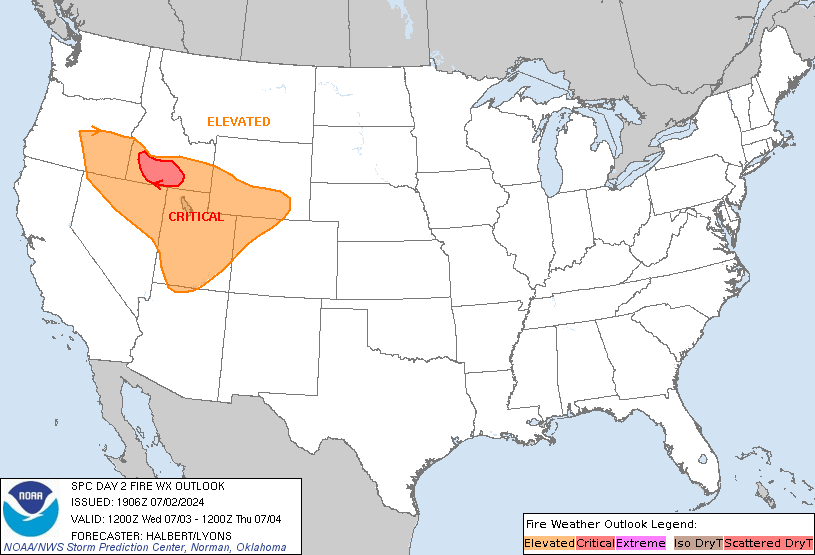
Lake Berryessa Fire weather extremes -day 2
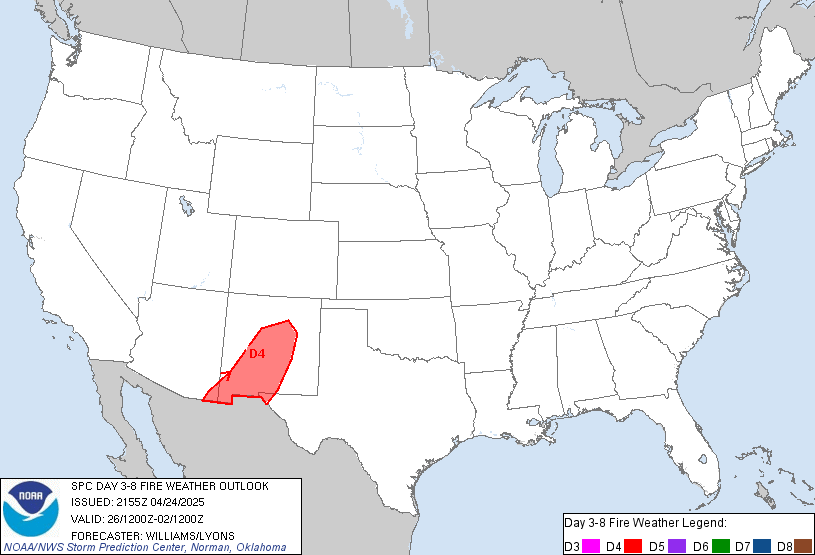
Lake Berryessa weather extremes – day “3 – 8”
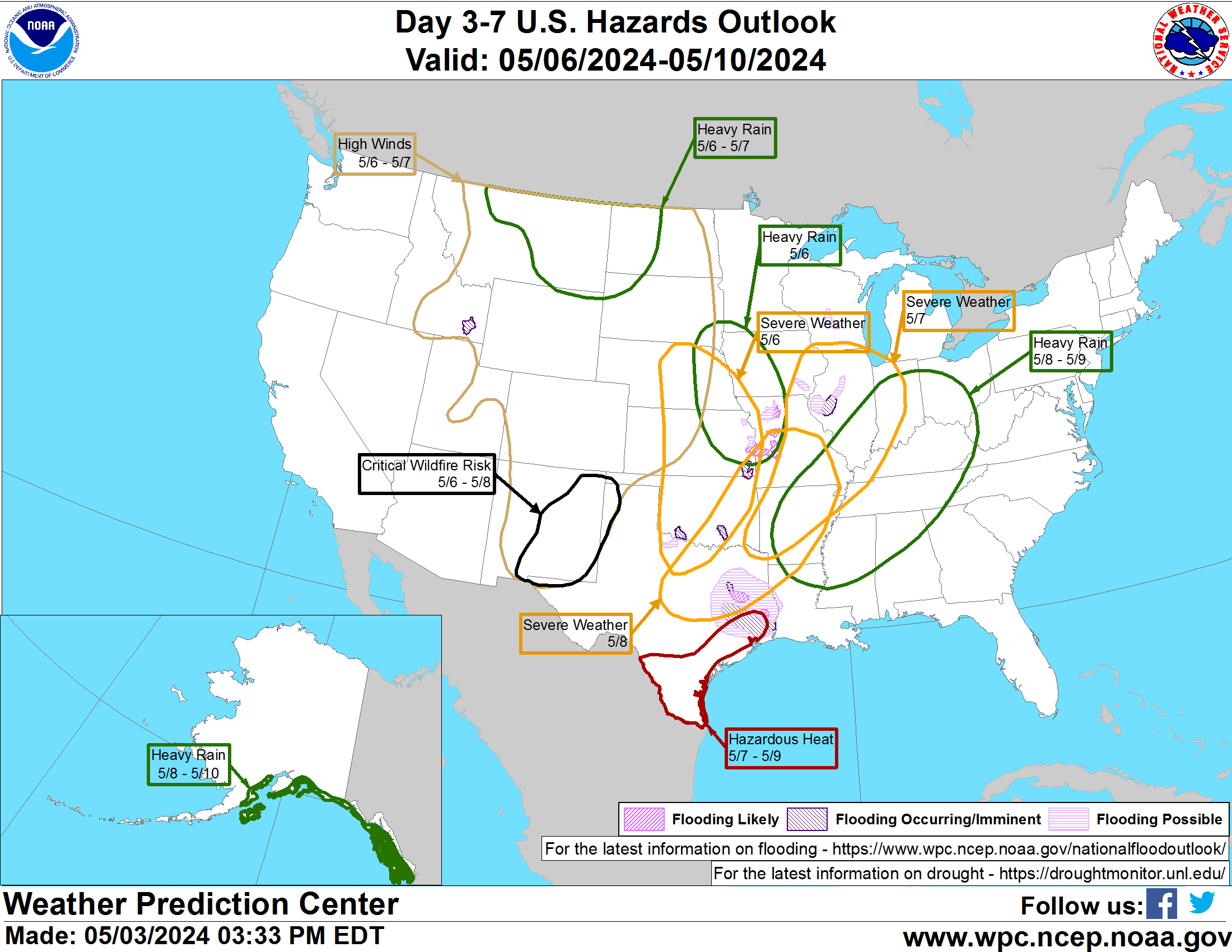
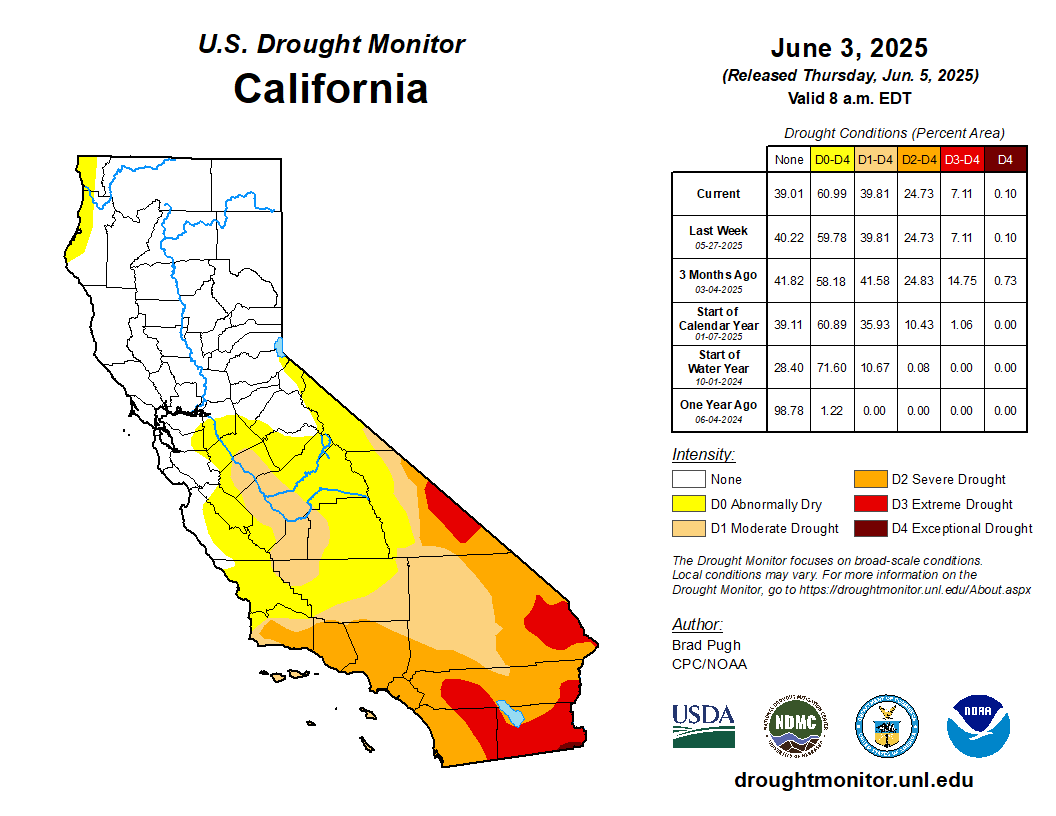
Drought Monitor

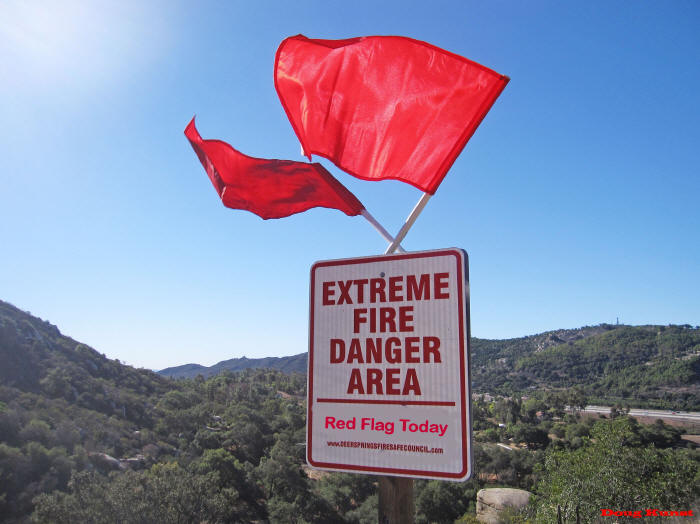 Red Flag – weather stations
Red Flag – weather stations
Stay and Defend your home: checklist
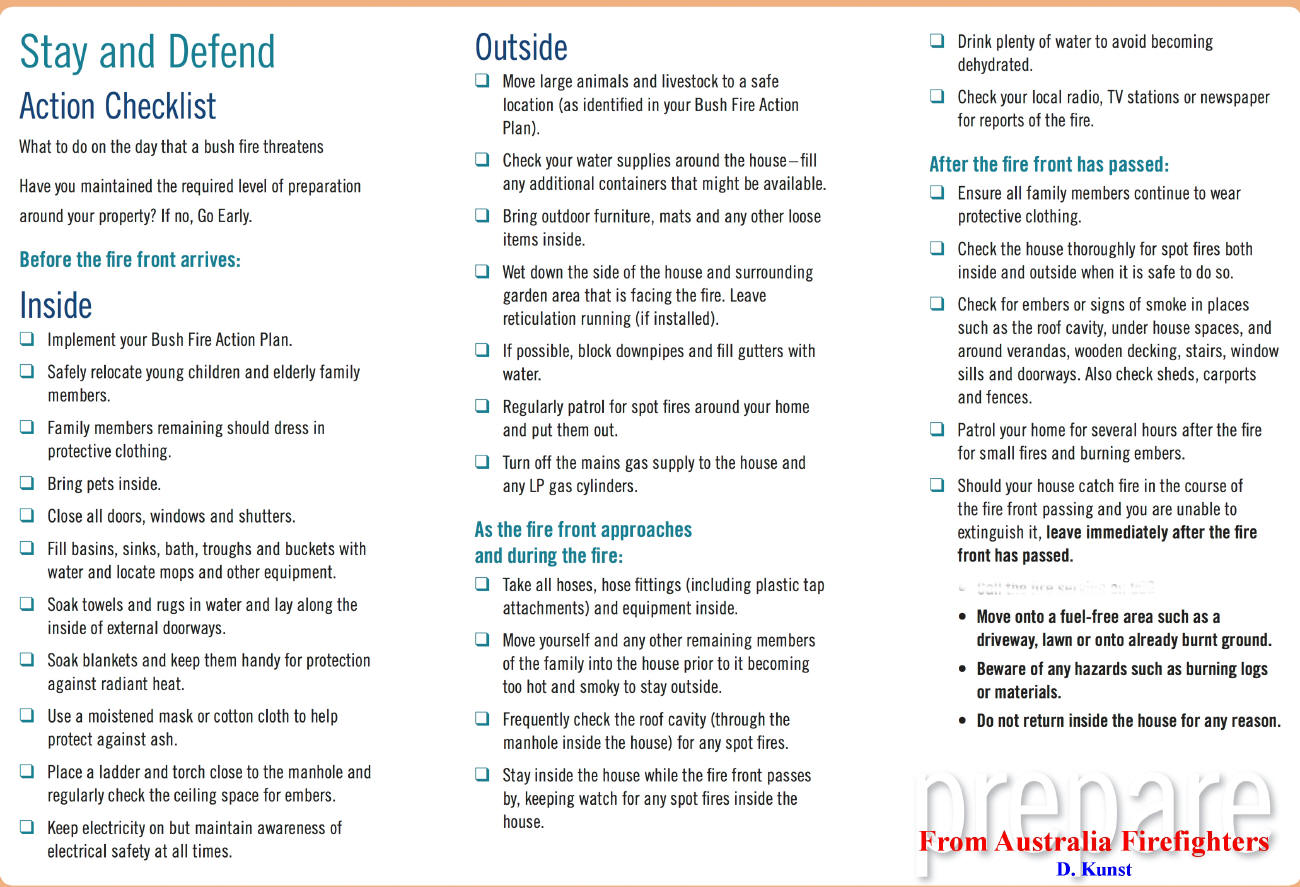
These guidelines were going to be implemented in Southern California as a way to
save property. They were not because of potential lawsuits and danger to the public. Australia 2009 – Black Saturday Aftermath: Modifying the “Stay and Defend” or “Leave Early” policy to account
for the most severe wildfires includes ‘Leaving early is still the safest option’. Australians have long been proud of their fierce self-reliance, which is illustrated by the country’s wildfire policy.
Prior to 2009, residents in remote rural areas were urged to evacuate their property if fire threatened, but those who felt they could adequately defend their property were permitted, even encouraged, to do so.
This official policy, called “Stay and Defend or Leave Early,” or SDLE, came under intense scrutiny following the worst wildfires in Australian history, which occurred in the southern state of
Victoria on February 7, 2009 — “Black Saturday.” Those fires killed 173 people, 113 of them in or near buildings, and called into question the wisdom of the stay-and-defend model.
A royal commission was called to examine the circumstances surrounding those fires, and in July 2010 the commission issued a five-volume report of its findings. The report did not recommend the total
elimination of SDLE, but asserted that the policy should not apply in severe fire conditions. “The stay or go policy failed to allow for the variations in fire severity that can result from differing topography,
fuel loads, and weather conditions,” the report stated. “Leaving early is still the safest option. Staying to defend a well-prepared defendable home is also a sound choice in less severe fires, but there needs
to be greater emphasis on important qualifications.” Other report recommendations include: Strengthening fire warnings and improving their timeliness and dissemination; Providing more practical and
realistic options such as community refuges and wildfire shelter, with more assisted evacuation for vulnerable people; Providing improved public education about fire behavior and house defendability;
Improving the deployment and use of roadblocks; Ensuring that fire agencies have thorough processes for identifying and approving particularly dangerous activities such as back-burns;
Wildfire updates and alerts Lake Berryessa News www.lakeberryessanews.com
Popular links:
Marin Fire Cams lookout cameras mountaintop
Southern Cal fire weather and fire cams
Tiburon Cam – Angel Island Webcam Belvedere camera
Mt. Tam Cam – Tamalpais webcam trails maps
Santa Cruz Cam – Monterey webcams
Lake Shasta Fire Cams houseboat cam weather
Santa Barbara County Fire webcams
Southern California San Diego County Fire Lookout Cams
Napa Valley Cam – Live Webcam st. Helena cams
San Francisco windsurfing cams
Lake Tahoe Cam ski cams road conditions webcams
Mt. Tam Cam Tamalpais Tamalpias webcam trails maps

Kim’s Animal Rescue – live cams


